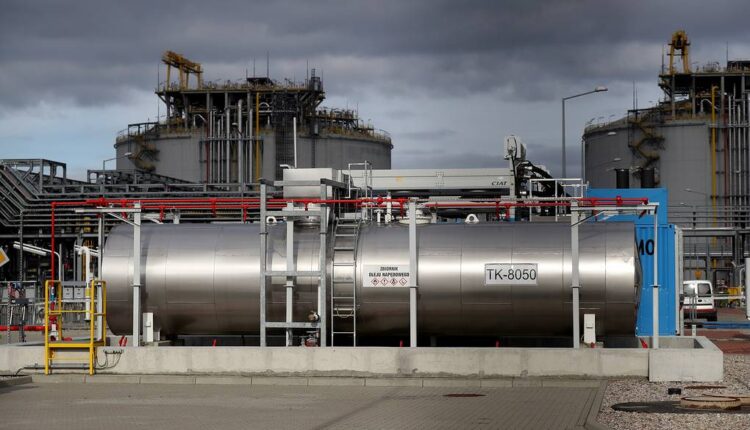Monday morning as weather models suggested cooler temperatures in the U.S.
Natural gas rose to $2.29/MMBtu in early trading.

Colder weather is projected to impact the central part of the country before moving eastwards toward the Great Lakes and Northeast.
The forecasts have been labeled a potential inflection point for gas futures, which have been in a downtrend for several months.
Subsequent weeks may see an increase in the storage surplus, potentially outstripping production levels. However, EBW Analytics Group analyst Eli Rubin suggested the technical test to watch is the 20-day moving average, currently at $2.179.
The market has recently been challenged by mild weather-driven demand, with Henry Hub prices under pressure, trading as low as $1.840 on Friday.
While this clearly reflects a deviation from the upward trend of recent weeks, the latest forecasts are expected to guide demand for natural gas demand over the coming weeks.
This marks a turnaround from last week, where mild weather weighed on gas prices, but things seem to be moving in favor of the natural gas sector.
The colder weather outlook, coupled with the growing demand for liquefied natural gas, offers some hope for natural gas prices that have been under pressure.
Additionally, the market may find some support with heating demand across the northern U.S. remaining moderate, albeit cooler for the next 15 days compared to Friday’s estimates.
The increase in demand for LNG feed gas could lead to price increases for spot prices in the coming weeks.
Overall, natural gas production has remained softer than usual, even as the demand for LNG feed gas hit record highs. This provides an opportunity for gas prices to surge past the recent setbacks, given that spot prices may soon recover with heating demand more than double the lows observed last week.
The latest forecasts hold the promise of a stronger late-season demand outlook for natural gas following a frigid weather system expected to move into the Lower 48 and then on to the Northeast. While the expected lows could remain stable, demand is expected to rise, potentially leading to a price surge. As demand continues to climb, chances are high that natural gas prices will respond positively to the market trend.



